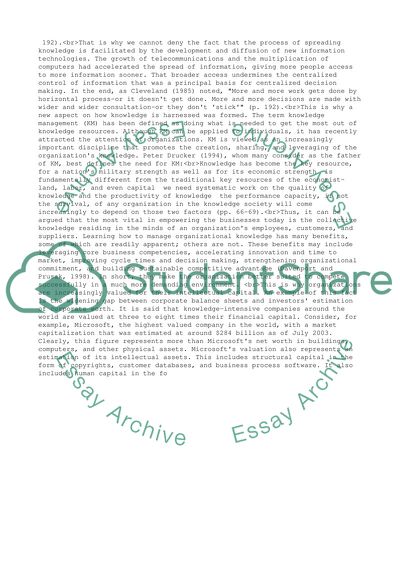Cite this document
(“Empowering Knowledge in Organizations Assignment”, n.d.)
Empowering Knowledge in Organizations Assignment. Retrieved from https://studentshare.org/business/1514777-empowering-knowledge-in-organizations
Empowering Knowledge in Organizations Assignment. Retrieved from https://studentshare.org/business/1514777-empowering-knowledge-in-organizations
(Empowering Knowledge in Organizations Assignment)
Empowering Knowledge in Organizations Assignment. https://studentshare.org/business/1514777-empowering-knowledge-in-organizations.
Empowering Knowledge in Organizations Assignment. https://studentshare.org/business/1514777-empowering-knowledge-in-organizations.
“Empowering Knowledge in Organizations Assignment”, n.d. https://studentshare.org/business/1514777-empowering-knowledge-in-organizations.


